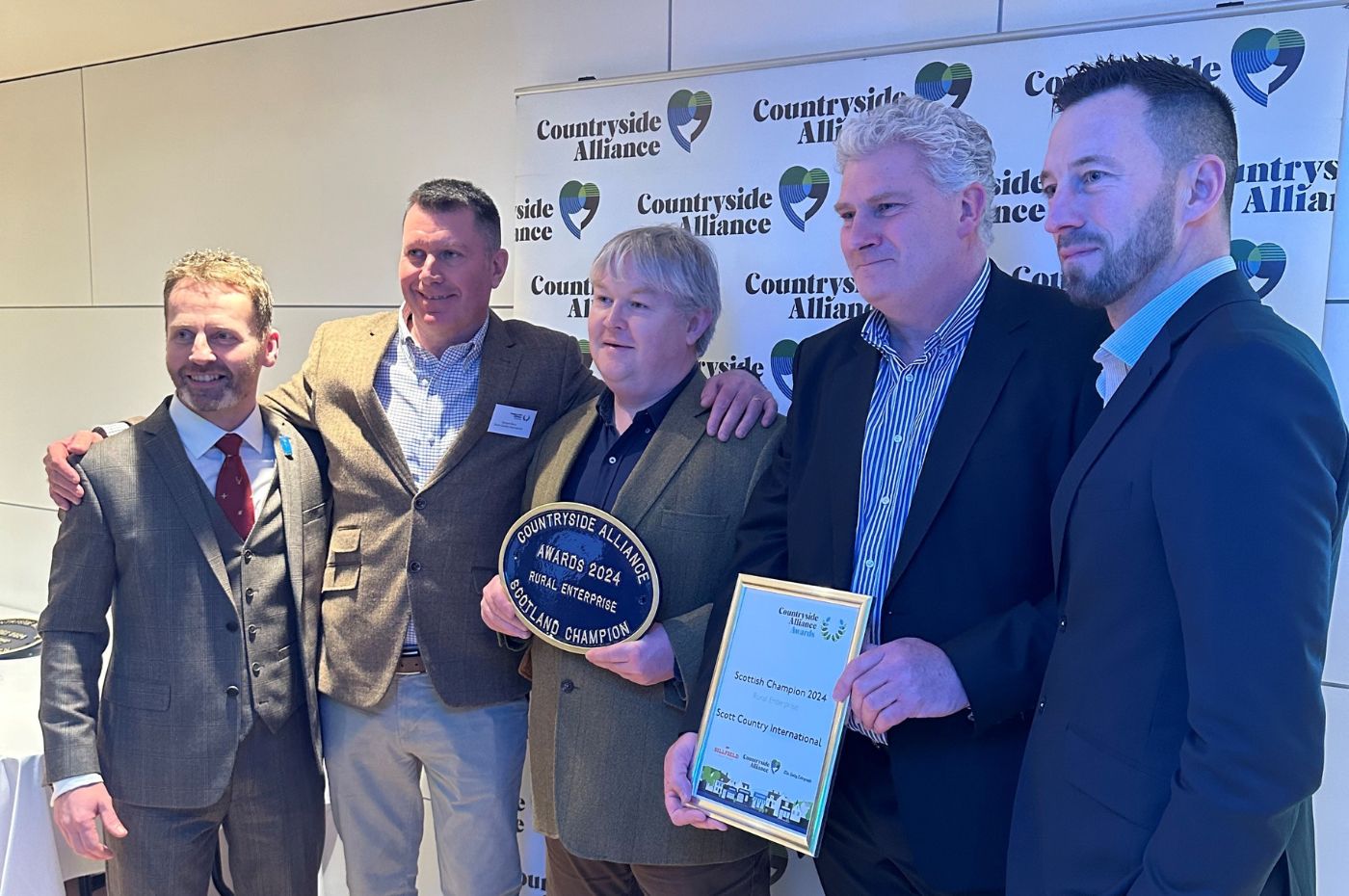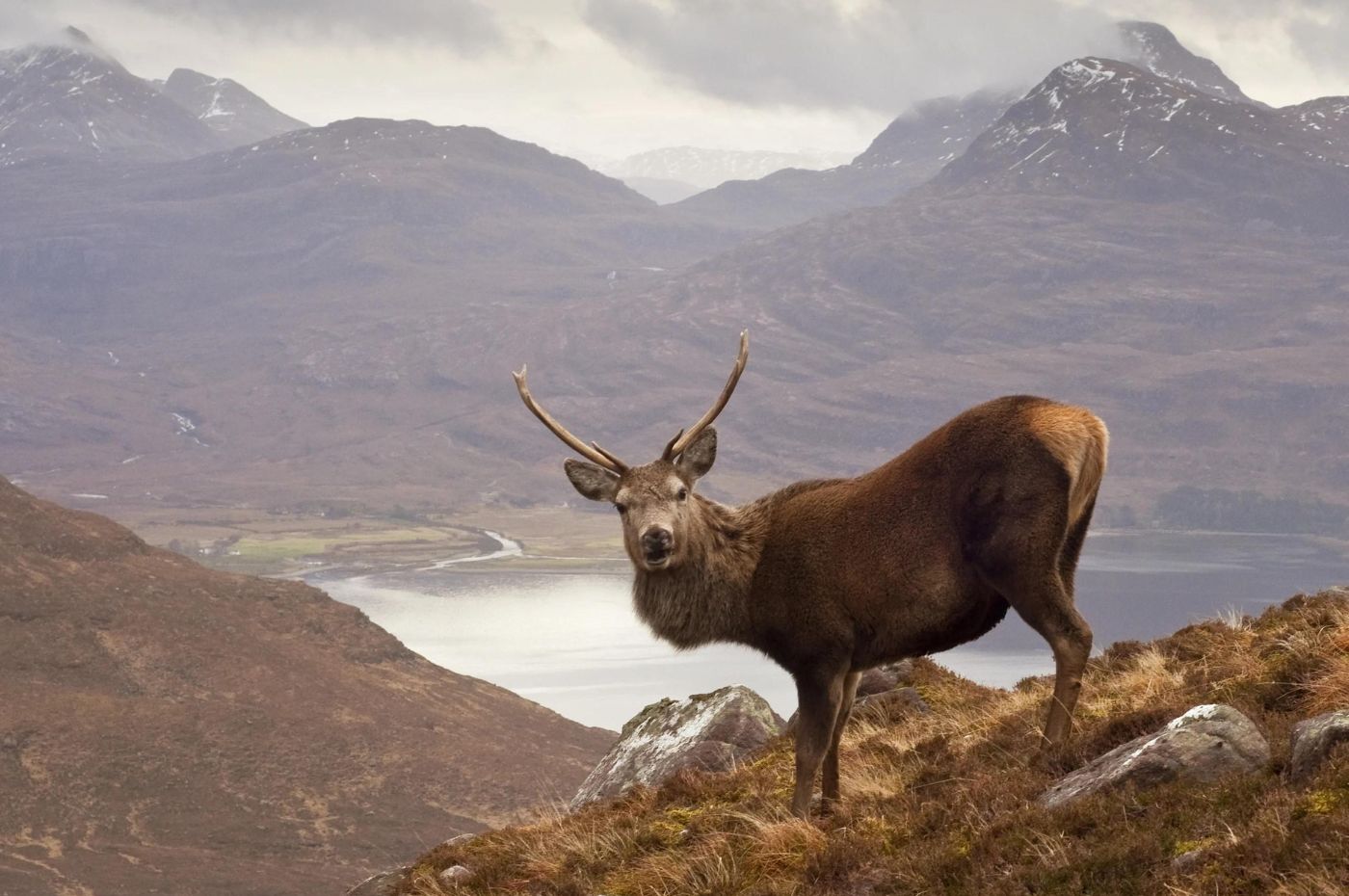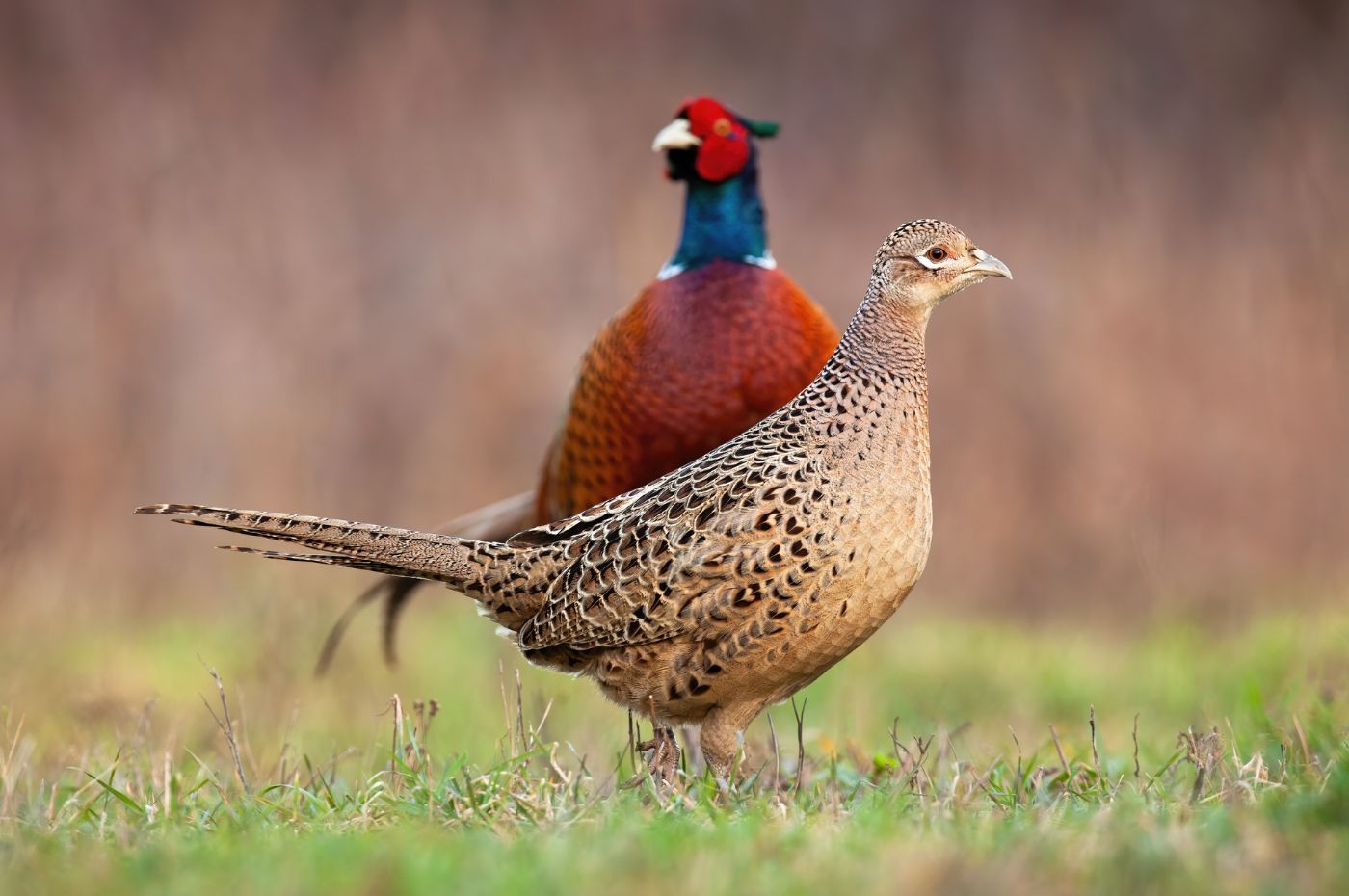Last chance to nominate your favourite rural businesses
Scotland takes great pride in its heritage and in the rural businesses shaped...
View Details
There was a very sizeable team of stakeholder organisations gathered on 30 April for an evidence session on the Natural Environment Bill at the Rural Affairs and Islands committee meeting.
The meeting commenced with evidence from NatureScot. It remains unclear what specific powers the new legislation will grant NatureScot to enforce compulsory deer management on land identified as being damaged by herbivore pressure. It seems likely they will be able to undertake deer control on private land if they determine that sufficient damage has been done to peatland or forestry, for example. NatureScot repeated on numerous occasions that deer management is essential to enhance nature restoration and biodiversity and this new legislation will make section 8 orders more commonplace.
Convenor of the committee, Finlay Carson MSP queried whether the code of practice should be drafted before completion of stage 3 of the bill, which was backed by many stakeholders at the meeting. Tim Eagle concluded that details outlined by NatureScot all seemed a “bit woolly”.
There was no real answer as to what would trigger an intervention by NatureScot, merely an indication that they would “want deer management applied” at designated sites. The often-cited figure of one million deer in Scotland is widely considered a rough estimate, as the true population remains unknown. Further discussion with stakeholder representatives suggested using a deer density figure of 10 deer per sq/km, which would trigger an intervention by NatureScot. However, relying on deer density alone offers only a limited snapshot, due to the animals' transient movement across vast areas of land.
Many stakeholders argued that the Natural Environment Bill lacks the flexibility to account for the differences among lowland deer species, the variety of habitats they occupy, the damage caused to crops and farmland, and the specific challenges posed by peri-urban deer populations.
Tom Turnbull from the ADMG stressed that the sector is demotivated and needs reassurance from the Scottish government to work in collaboration and in the best interests of deer welfare and nature restoration, stating “we are already managing deer in the public interest”. He noted that the majority of deer management is conducted voluntarily, with many deer managers routinely carrying out habitat impact assessments and collecting traceability data as part of standard practice.
The SCA support deer management based upon localised habitat impact assessments carried out by deer managers, assessing any damage to areas of land. Data collection is key to providing better information and will allow evidence-based actions, which is in the best interests for deer welfare and the local habitat.
Public procurement and the supply of venison from small dealers was last to be discussed in the meeting. Many believe that the current Venison Dealers Licence (VDL) needs to be changed or scrapped, and a new process put in place to more easily allow venison to be sold to the wider market. It was agreed that venison should be readily provided to schools, hospitals and other public organisations. Currently Highland Game supply venison from Forestry Land Scotland to a number of NHS trusts in England. This type of partnership should be developed further in Scotland. For example, the Wild Jura project provides venison to two local schools and the Fair Feast pilot project sells venison at local markets and matches these sales by donating venison to a number of food banks.
Clearly there is still a lot of work to be done to ensure this Bill is fit for purpose and doesn’t alienate the private deer managers that are currently providing a free voluntary service in deer control measures. The SCA will continue to work with NatureScot, the Scottish Government and partner organisations to ensure that proper incentivisation and streamlining of the process is provided for this sector. If unhelpful and unjustified legislation is taken forward by the Scottish Government, then they will most likely also lose the support of many private deer managers and land owners following a damaging few years for the SNP in rural areas.

Scotland takes great pride in its heritage and in the rural businesses shaped...
View Details
Stage 2 of the Natural Environment (Scotland) Bill continues to be debated by...
View Details
The Rural Affairs and Islands (RAI) Committee recently met to debate amendments...
View Details